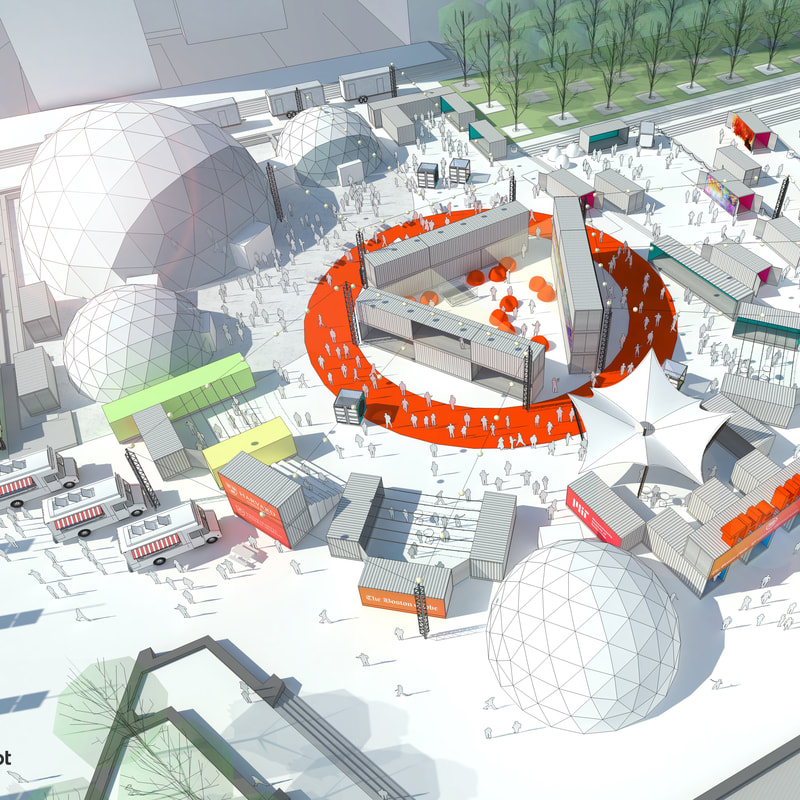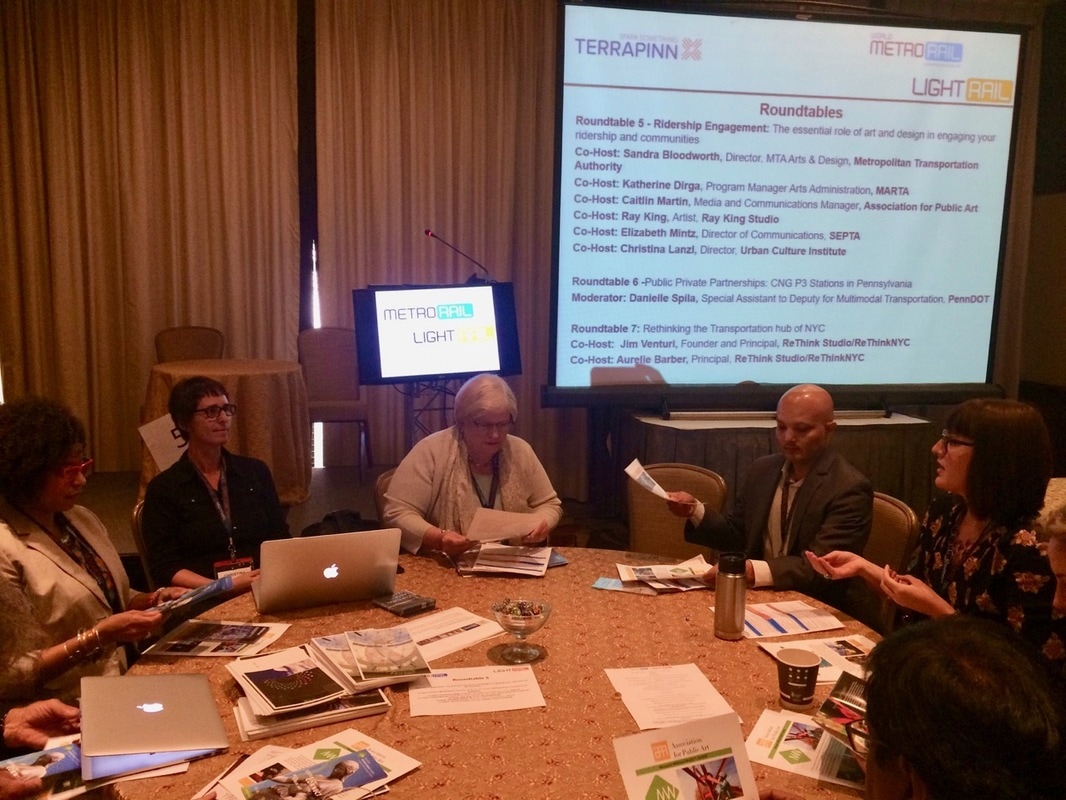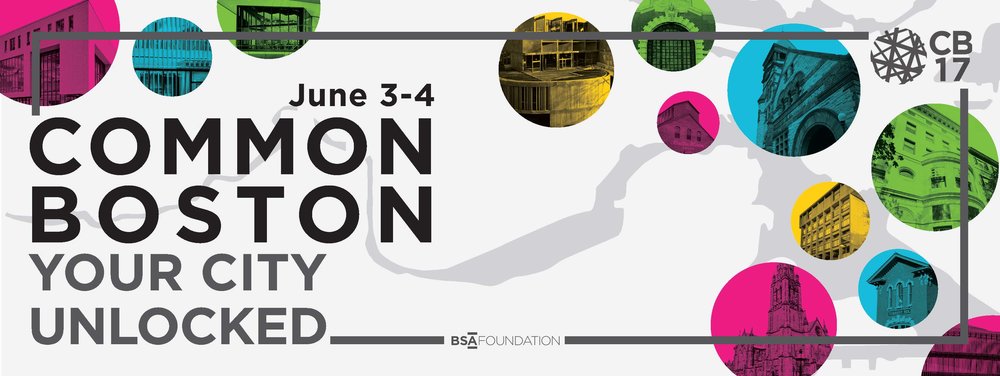Watson Hall | March 15, 2018
Wentworth Institute of Technology organizes the annual Faculty Showcase to celebrate and recognize the accomplishments of faculty. Fifty faculty showcased 34 examples of excellence and creativity with teaching, scholarship, EPIC, grants, sabbaticals, and interdisciplinary collaborations. Organized by the Provost Office and Learning Innovation & Technology, participants hosted information tables to illuminate services and resources.
Dr. Christina Lanzl, Adjunct Professor of the Department of Architecture and Director of the Urban Culture Institute presented Placemaking in Action: EPIC Making in the Classroom. The exhibit offers documentation, outcomes and insights in the power of interdisciplinary, collaborative learning. Surveyed are three seminars from the past two years that focus on placemaking and art-in-architecture, an investigation of urban placemaking within a hands-on learning platform that combines theory with the making of successful places on and off campus. Focus and outcomes are cultural mapping, idea competition and exhibition projects developed by Wentworth senior and graduate students (two funded by EPIC Mini Grants).
Architecture student Shuxin Huang, Dr. Lanzl's spring 2018 co-op student, assisted. Thank you to Don Tracia, Tes Zakrzewski and the entire Provost Office and Learning Innovation & Technology team for incredible support.





 RSS Feed
RSS Feed